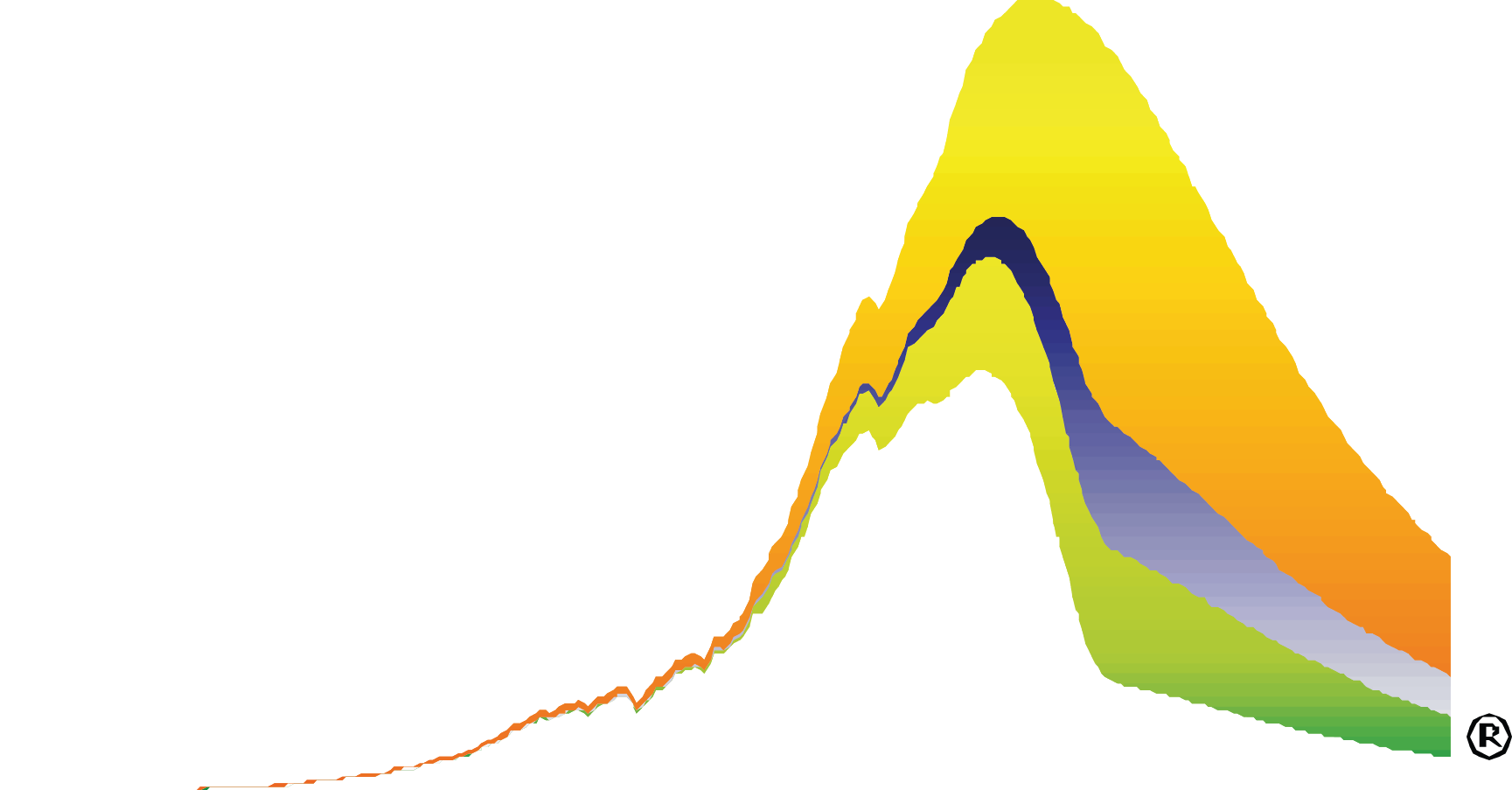David King
 Click logo to return to 'links-page'
Click logo to return to 'links-page'
Sir David King "We are facing a looming climate catastrophe for humankind."
Former UK Government Chief Scientist & FCO climate negotiator
David's recent presentation Post COP-21 at the IEA HQ in Paris (29 01 2016) pulled no punches;"we are facing a climate catastrophe."
His presentation drew extensively on this graphic analysis of the INDCs as these were presented to COP-21 by all the Parties to the UNFCCC.
He
stressed the gap between the sum of these which take us to 3.0 to 4.0° C & what is needed to avoid a maximum of a 1.5°C or 2.0°C
limit on global temperature rise saying, "to secure our future, we will have to do much better and we will have to be very proactive in doing that."

In 2016 and with clear reference to the chart above, King told his audience at the IEA in January that,
'we face a looming climate catastrophe'.
He presented this analysis of future carbon budgets
in relation to the INDCs under the Paris Agreement,
elaborating on what it will take to avoid that catastrophe.
David King is the instigator of a campaign to promote a universal ethical code for scientists.
He is also a supporter of CBAT, the Carbon Budget Accounting Tool and he has been a long time advocate of C&C.
He wrote to Stephen Hawking about tipping points and CBAT as here

David King's proposal of a global emissions quota based on population has its roots in the idea of "contraction and convergence",
first put forward in the early 1990s, by which countries would reduce their greenhouse gas output and move towards equal emissions across the world.
Reporting David King's SSEE Proposal in the Guardian [15th July 2011] supporting C&C

Here we present a proposal based on the contraction & convergence principle as proposed by the Global Commons Institute in the early 1990s. This principle describes a trajectory whereby the overall emission level is reduced over time whilst the per capita emissions rates of different countries converge on a low value aimed at meeting the 2°C objective. This allows developing countries to maintain some emissions growth in the intermediate phase, which is made up for by a decrease in developed country emissions. The overall amount emitted should not be more than will cumulatively push temperature increases over 2°C. In the global cap & trade system we propose here, emissions are traded based on a per capita allocation of CO2 trading permits at some future date.
International climate change negotiations: Key lessons and next steps
Smith School of Enterprise and the Environment [SSEE] University of Oxford July 2011

“Contraction and Convergence is the buzz phrase on many negotiators’ lips. It has the benefits that every nation is involved from the beginning, that it’s a transparent, straightforward concept and that it produces a definite final concentration of greenhouse gases.“ [9] 'Contraction and convergence’ is the science-based global climate-policy-framework proposed to the UN since 1990 by the Global Commons Institute
The Hot Topic [2008]
David King on C&C